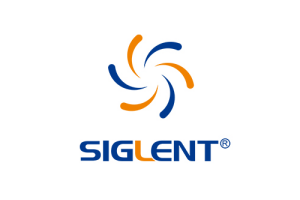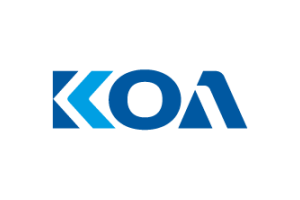Gas Detection and Structural Health
Fiber Laser Sensing Trends
IDTechEx forecast the global fiber laser market to reach a size of $8.9 billion in 2028 with strong growth in the LiDAR & Sensing segment. Dr Nilushi Wijeyasinghe, Technology Analyst, IDTechEx gives an outlook on the market.
Fiber lasers have a large share of the laser material processing market but are typically limited to aerospace and defence applications in the sensing market segment. That is set to change within the next decade as emerging applications of fiber laser technologies include automotive LiDAR, multi-species gas sensing and structural health monitoring.
In a standard automotive LiDAR system, laser diodes emit coherent infrared (IR) radiation that reflects from nearby objects and is detected by sensors in the vehicle. Once the reflected signal is processed by software, the control system directs the vehicle to avoid obstacles. Conventional products offered by LiDAR manufacturers such as Velodyne (USA) utilize numerous laser diodes that emit radiation at a wavelength of 905nm.
Recently, fiber laser LiDAR has emerged as a novel alternative with several advantages. Fiber-based LiDAR products function at a longer wavelength of 1550nm. This eye-safe wavelength enables the LiDAR system to operate at higher powers and offer long-range sensing for autonomous vehicles; superior resolution and full functionality with fewer lasers are additional advantages. As the technology is based on an optical fiber, the absence of mechanical components provides excellent system stability and long product lifetime. Supercontinuum fiber laser sources are also emerging as an important sensing technology. Unlike conventional monochromatic lasers, supercontinuum fiber lasers provide a broadband spectrum while maintaining the high brightness and high beam quality characteristics. The high spatial coherence of fiber lasers make them ideal for remote multi-species gas sensing, where the 1–5 μm infrared spectral region contains absorption peaks of numerous pollutants and volatile organic compounds. Applications of this technology include environmental pollution monitoring and detection of chemical contaminants in industrial accidents.
Fiber lasers are also useful for automated structural health monitoring and are an alternative to piezoelectric sensors. Organizations such as the US Naval Research Laboratory have reported highly sensitive fiber laser systems designed to detect fatigue before a critical level in naval vessels such as submarines. The technique involves resolving acoustic signatures from crack formation and other damage.
Future applications of this technology include monitoring the critical parts prone to fatigue and failure in infrastructure and civilian aircraft.«
IDTechEx
Report “Fiber Lasers 2018-2028”
An analysis of fiber laser sensing technologies and markets is available in the report titled “Fiber Lasers 2018-2028: Technologies, Opportunities, Markets & Forecasts”, which was recently published by the British technology consulting company IDTechEx. The report provides company profiles and product overviews of 22 fiber laser suppliers, which includes all major suppliers based in Europe, USA and Asia in addition to examples of specialist suppliers developing products optimized for sensing. The report also reviews commercial suppliers of supercontinuum fiber laser products.









